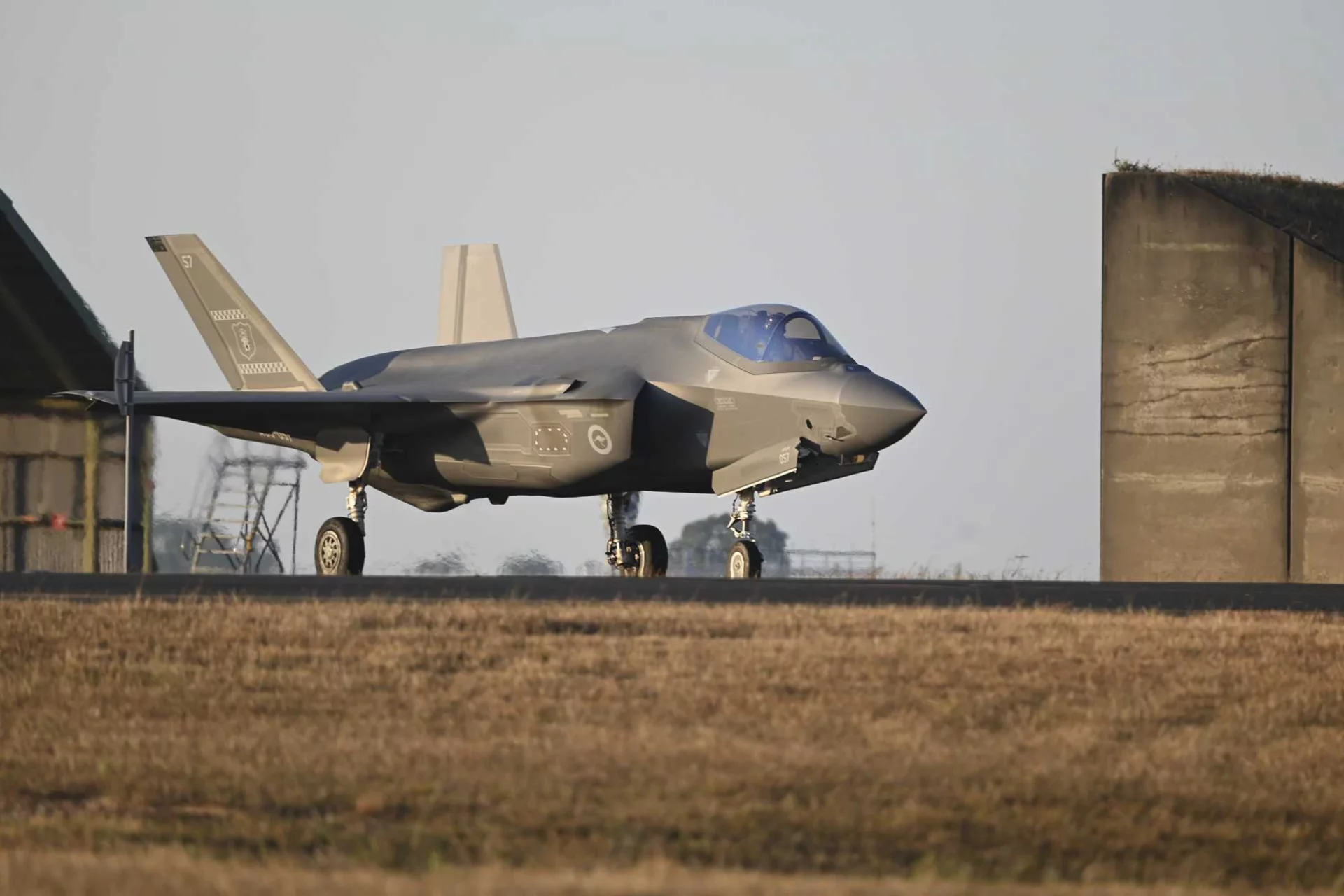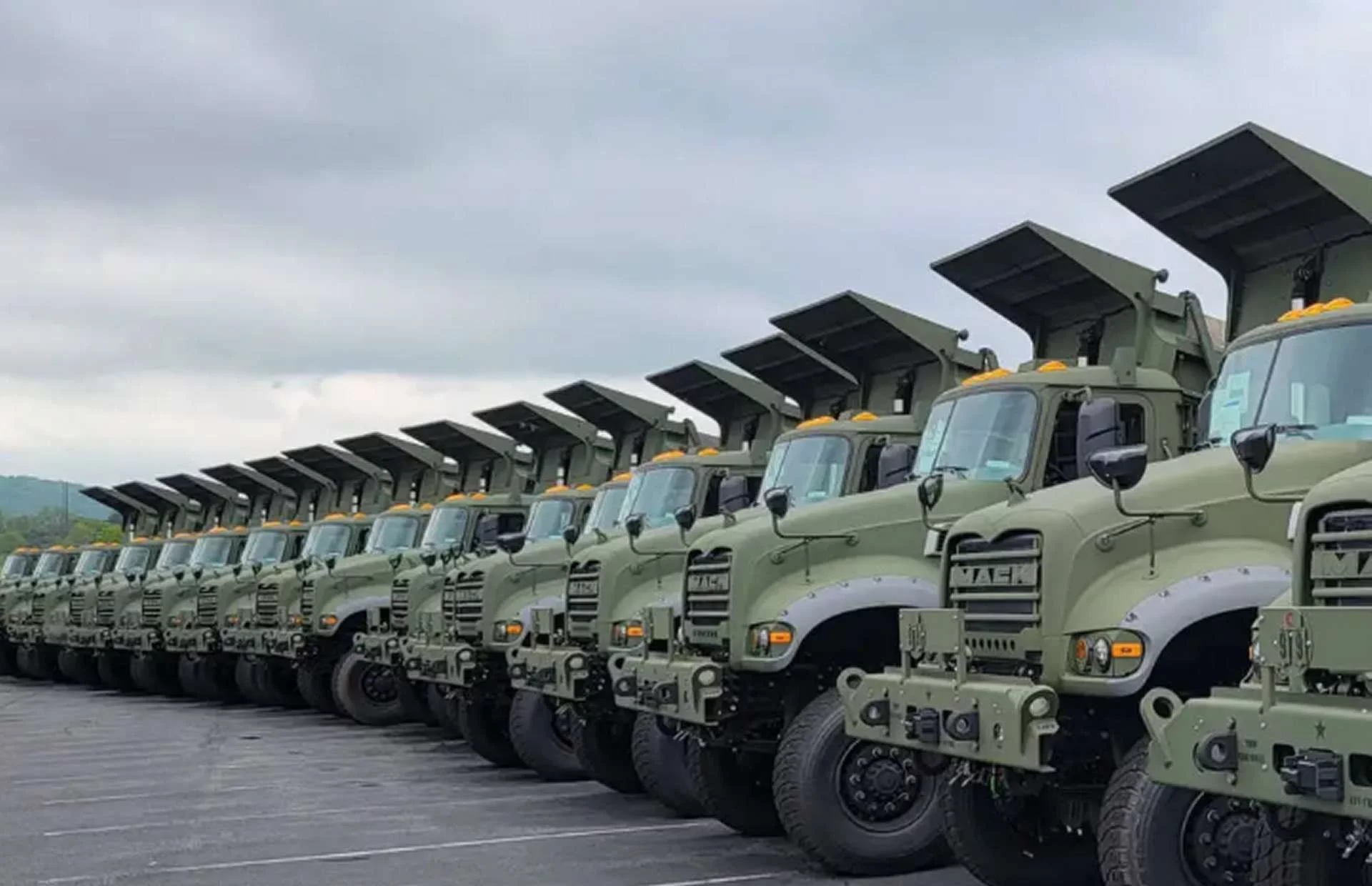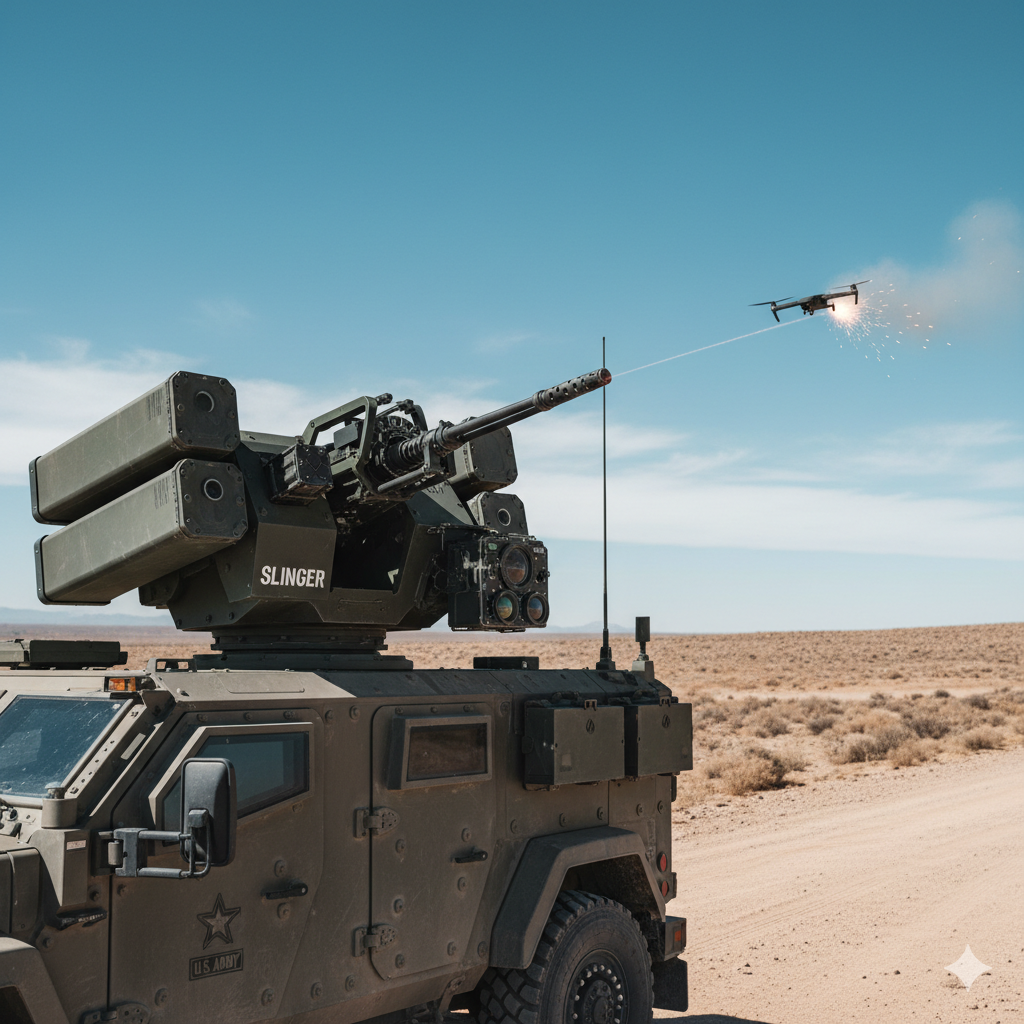On July 16, 2025, a groundbreaking milestone in military aviation was achieved during Exercise Talisman Sabre 25 in Australia’s Northern Territory. For the first time, two U.S. Air Force pilots flew Royal Australian Air Force (RAAF) F-35A Lightning II jets, marking a significant step in allied interoperability. This historic “interfly” mission showcased the seamless integration of fifth-generation aircraft across allied forces, demonstrating the strength and coordination between the U.S. and Australian air forces. The event was a highlight of Talisman Sabre 2025, the largest bilateral military exercise between the U.S. and Australia, involving over 35,000 personnel from 19 nations.
The U.S. pilots who made history were Major Justin “Spike” Lennon, an F-35A evaluator pilot from the 48th Fighter Wing, U.S. Air Forces in Europe-U.S. Air Forces Africa, and Major Colby “Burn” Kluesner, an F-35A evaluator pilot from the 388th Fighter Wing. Alongside them, Royal Air Force (RAF) Squadron Leader Daniel “Goffy” Goff and U.S. Marine Corps Lieutenant Colonel Johnny “Yardsale” Rose, both F-35B instructor pilots, joined the interfly, embedding with RAAF’s No. 77 and No. 75 Squadrons. This collaboration underscored the shared capabilities of F-35 operators and their ability to operate each other’s aircraft with minimal adjustments.
The interfly mission was part of the RAAF’s Lightning-X program, launched in 2023 to enhance interoperability among F-35 user nations. After a single day of simulator training and academic courses, the four allied pilots were cleared to fly RAAF F-35s during the exercise. Major Lennon emphasized the ease of this transition, stating, “Thanks to the commonality of F-35 variants, aligned training, and operational practices between F-35 users, the flying portion is the easiest part.” He noted that the only noticeable difference was the pilots’ accents over the radio, highlighting the near-identical operational experience. The crews were treated no differently than RAAF pilots, blending seamlessly into the squadrons.
This event was a first for the U.S. Air Force, as it had never conducted such an ad-hoc international interfly with fifth-generation aircraft. Lennon explained that these missions enable the exchange of best practices in the short term and, in the long term, provide commanders with greater flexibility and agility in potential future conflicts. “Normalizing interfly gives commanders additional options for versatility in a coalition,” he said, emphasizing the strategic importance of such exercises for future joint operations.
Talisman Sabre 2025, running from July 13 to August 4, is the eleventh iteration of this biennial exercise, which began in 2005. Conducted across Queensland, Western Australia, the Northern Territory, New South Wales, Christmas Island, and, for the first time, Papua New Guinea, it is the largest and most complex to date. The exercise includes live-fire drills, amphibious landings, air combat, maritime operations, and cyber and space activities, showcasing a wide range of military capabilities. Participating nations include Australia, the U.S., Canada, Fiji, France, Germany, India, Indonesia, Japan, the Netherlands, New Zealand, Norway, Papua New Guinea, the Philippines, South Korea, Singapore, Thailand, Tonga, and the United Kingdom, with Malaysia, Vietnam, and Brunei as observers.
The F-35 interfly was a powerful demonstration of the exercise’s goal: to strengthen interoperability and readiness across the Indo-Pacific. Lieutenant General Joel B. Vowell, Deputy Commanding General of U.S. Army Pacific, highlighted the exercise’s dual purpose: “It’s readiness to respond when our nations call us, and it’s a deterrent mechanism, because our ultimate goal is no war.” He emphasized that building interoperability across human, technical, and procedural facets during peacetime ensures that allied forces can respond effectively in crises, whether for conflict or humanitarian missions.
The exercise also featured other significant milestones, such as the first-time participation of F-35C stealth fighters from the U.S. Navy’s Carrier Air Wing Five, operating from the USS George Washington. These jets, alongside the interfly mission, showcased the F-35’s advanced capabilities, including enhanced sensor fusion and situational awareness, which complement existing platforms like the F/A-18. The presence of the USS George Washington Carrier Strike Group, the UK’s HMS Prince of Wales Carrier Strike Group, and advanced systems like Australia’s NASAMS air defense and South Korea’s K1A2 tank further underscored the multinational scope of the exercise.
China’s navy has historically monitored Talisman Sabre, with Type 815G surveillance ships observed during past iterations. This year, Chinese naval activity was noted in the region, with a Type 815G reconnaissance ship, a China Coast Guard vessel, and a Type 052D destroyer detected within the Philippine Exclusive Economic Zone during related exercises like Cope Thunder 25-2. These activities highlight the strategic importance of Talisman Sabre as a signal of allied unity and deterrence in the Indo-Pacific, particularly amid tensions in the South China Sea.
The successful F-35 interfly is a testament to the deepening U.S.-Australia alliance and the broader commitment to a free and open Indo-Pacific. By integrating advanced platforms and fostering trust among allies, Talisman Sabre 2025 reinforces the collective strength needed to address modern security challenges. As Vice Admiral Justin Jones, Chief of Joint Operations for the Australian Defence Force, stated, “Talisman Sabre demonstrates our enduring commitment to strengthening relationships between trusted allies and partners.” This historic interfly not only enhances operational cohesion but also sets a precedent for future multinational collaboration, ensuring that allied forces are prepared to operate as a unified front.




